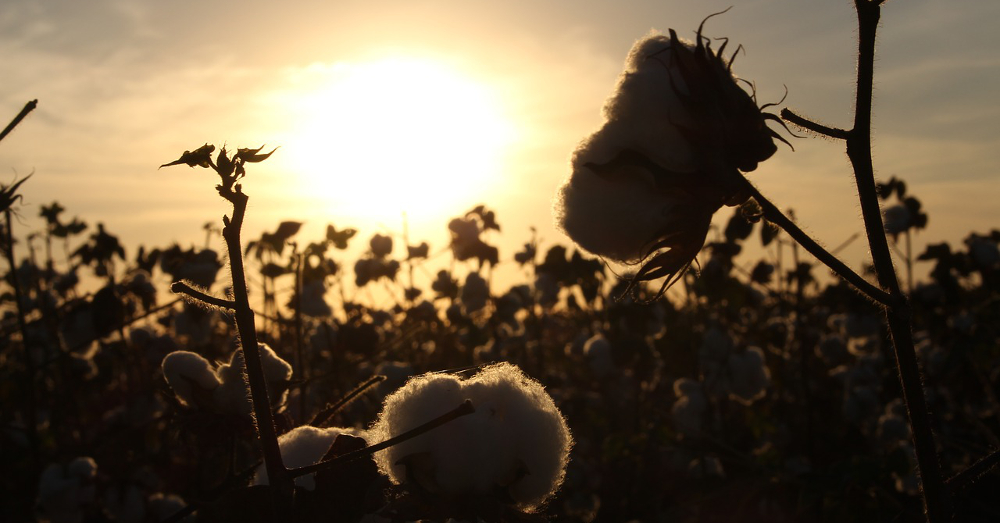
Fiber Selection: Understanding the Impact of Different Fibers is the First Step in Designing Environmentally Responsible Apparel
Ecofiber selection can make a big difference in lowering the environmental footprint of a garment. There are excellent alternatives for nearly every important fiber type.
April 1, 2012 | Source: National Resource Defense Council | by
Ecofiber selection can make a big difference in lowering the environmental footprint of a garment. There are excellent alternatives for nearly every important fiber type.
What are the Heavy Impacts of Fiber Production?
The production of both natural and synthetic fibers have significant, though very different, impacts on the environment. Cotton is the most notorious natural fiber; when grown by conventional means, it requires enormous amounts of pesticides and water. Downstream, large quantities of chemicals, water, and energy are required to prepare and then dye cotton fabric as well. Conventional rayon, made of cellulose from trees, is easier on the land, but chemical-heavy in the fiberspinning phase. It also requires extensive resources at the dyeing mill. Polyester and other synthetics rely on non-renewable resources (oil) for fiber production but are easier on the environment during dyeing and finishing at a fabric mill. See summary table comparing fiber types.
What are the solutions?
Fibers should be chosen first by considering aesthetic and performance requirements. For some end uses there will be a large selection of appropriate fibers types (e.g. ladies fashion
tops). For others there will be a narrower choice (e.g. ultra-lightweight waterproof shells). Once an appropriate fiber type is selected, seek out low impact variants, such as organic or recycled.
Is there a Best Fiber for the Environment?
In a word, no. “Organic” fibers are superior to conventional fibers. Recycled content is often best of all. “Natural” fibers are not necessarily better than synthetic. The attached table summarizes the differences across fiber types.
